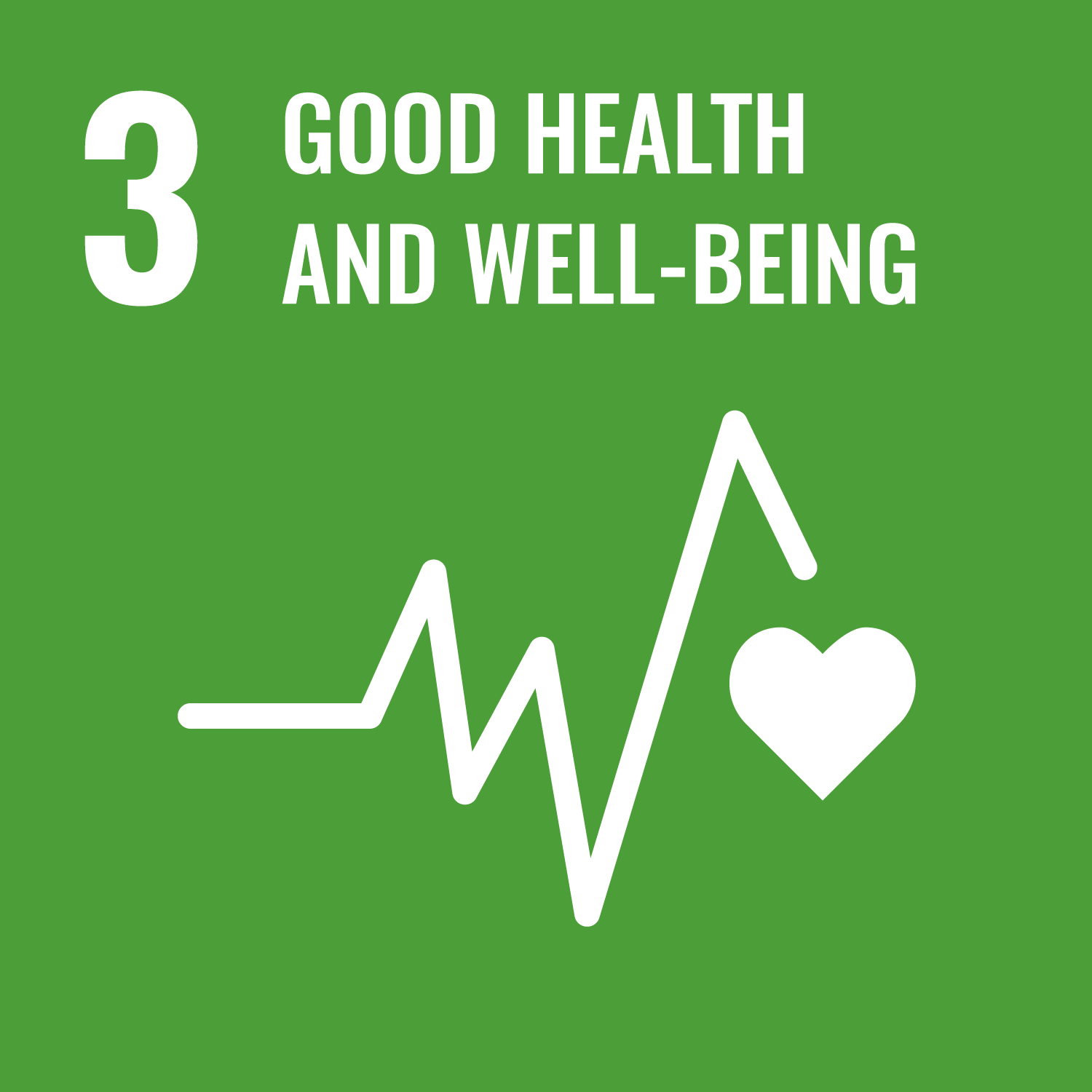The goal of eliminating neglected infectious diseases (NID) has been established both through global and through regional mandates. Overall, there has been progress toward meeting the 2025 targets, particularly regarding for trachoma, dog-mediated human rabies, and lymphatic filariasis. Efforts picked up with the revamping of the Disease Elimination Initiative by the Director of PASB in 2023. However, some countries remain at risk of not meeting the target, and 5 diseases are considered at risk: Chagas disease, leprosy, human taeniasis, onchocerciasis, and schistosomiasis.
The COVID-19 pandemic significantly disrupted the efforts of countries to achieve their targets for eliminating NIDs, delaying at least two years of progress in public health interventions in this program area. Community-based activities like mass drug administration, surveys, and active NID case searches were canceled in 2020. They gradually resumed in the second half of 2021 and picked up during the 2022–2023 period.
Nonetheless, financial and human resources were redirected from NID programs to support the pandemic response, affecting NID control efforts. Mobility restrictions and screening disruptions during the pandemic hampered early NID diagnosis and disrupted the continuous NID surveillance that is crucial for NID control.
Recommendations
• Through the Disease Elimination Initiative, intensify technical cooperation for NID elimination, in collaboration with Member States and partners.
• Provide strategic guidance to support the renewal of political commitments to disease elimination.

